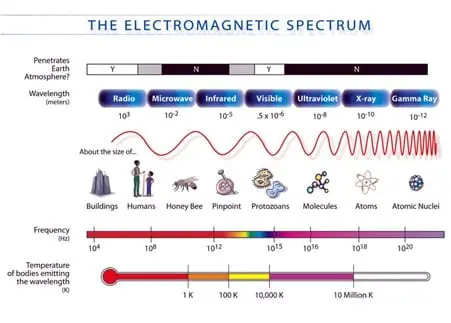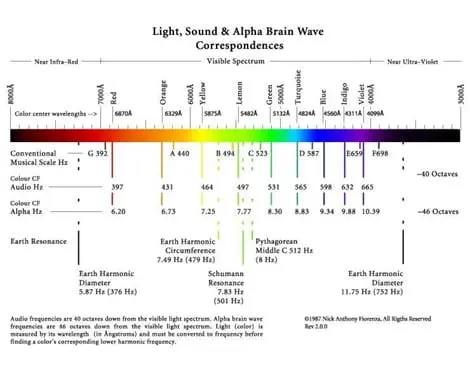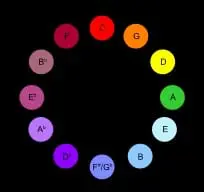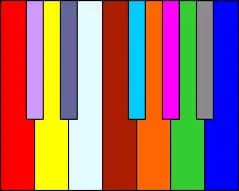Painting with Sound
For an instrument that appears so black and white, this could not be further from the truth. As soon as you begin to explore playing the piano, it quickly becomes evident that within its monochrome form exists a world of colour. This simple ladder of keys unlocks a stratosphere of musical hues which offer a rich tapestry of sound to anyone fearless enough to lay their hands upon it. Those willing and able to dedicate themselves to the intricate art of finger ballet open themselves to a world of sonic possibility and delight. From primitive culture to the present day, music has always been shared within our species. Pythagoras may have delved into the science of music to develop the idea of octave scale, leading to the development of music notation, but music has always been present.
Although understanding the language and grammar of music can be confusing, with single notes and chords having multiple names depending on which way you approach them, the deeper you dive, the more flamboyant your performance and understanding become, but also, out of the confusion evolves an appreciation for its simplicity. Theory may present the principled architecture from which music can exist in a structured form and be communicated effectively. There is no denying the magic of math that enables us to understand this structure and the meaning of composition. however, whilst knowledge is a worthy pursuit, thankfully, it is not a prerequisite to the experiential enjoyment of making music or simply listening to a beautiful song. The power of music is well documented and relatively understood, but the benefit, I would suggest, is unquantifiable.
When we participate in music, the brain’s release of endorphins decreases cortisol (the stress chemical), giving us heightened excitement and euphoria. These chemical releases can squash anxiety, depression and pain and stabilize the immune system, which is a welcome advantage. Our bodies and minds are constantly exposed to signals and frequencies from electronic devices, harmonious or inharmonious environments or even other people. It is easy to become misaligned or out of sync with our most naturally balanced state.
How wonderful it is that we can remedy these negatively altered states with the non-pharmacological medicinal magic of melodic music which triggers the release of happy, feel-good chemicals such as dopamine (DA) which is associated with pleasure and reward along with serotonin (5-HT) which is a neurotransmitter in the brain that controls our mood. When we listen to upbeat music, metaphorically speaking, all of our cells do a happy dance of increased pleasure.
Following numerous control studies with fascinating results, Harvard Medical School unequivocally concludes that music is an effective agent of healing and go on to quote Tolstoy’s explanation that “Music is the shorthand of emotion”, Shakespeare’s proclamation “if music be the food of love, play on.” and Plato’s expression that “ Music is a moral law. It gives soul to the universe, wings to the imagination, and charm and gaiety to life and everything else.”
On this matter of great musical importance, science, philosophy and the arts dance to the same tune and come together to paint a fuller picture of appreciation for the transformative healing qualities of music and the enriching experience it brings to our well-being.
Playing with colour
Whether you are an absolute beginner embracing the rudiments of music or a professional pianist with a plethora of knowledge programmed into your muscle memory, the palette of sound available to you is the equivalent of the full spectrum of colour. Sound and colour frequencies go hand in hand as they share the fundamental nature of vibration.


Though frequency is a term used to measure both, they are very different as sound vibrates air molecules as a moving compression wave. In contrast, light is based on electromagnetic waves and can be perceived visually. Embark on an information-hunting spree, and you will quickly find yourself down a fascinating rabbit hole that spirals off in all directions. First, it’s good to grasp how these wavelengths can be perceived.
What does this have to do with music? I hear your ask.
A second helpful observation would be to consider how colour can specifically relate to sound, as demonstrated in this system depicted by Nick Anthony Fiorenza. Considering this correlation, it is perceivable that we create colour in the music we make. The joy of piano is such an abundant sound spectrum that is so exquisite because it is not only the notes played that are sounded but also waves of sympathetic resonance creating subtle plumes of harmonic tones. Whether we are forming simple triads, summoning the shady moods of flattened 5ths or adding lashings so of suspended notes to transport the imagination of your listener to ethereal, dreamy realms, the sound palette of your piano is fully loaded and the compositional brush at your command, so let the artistry begin.
When appreciating music through colour, the formative work of Russian composer and pianist Alexandra Scriabin presents a particular point of interest. His personal experience of synesthesia, which is a condition that can cause a sound to be seen as colour, led him to develop a map which he called “clavier à lumieères” (literally “keyboard with lights”) to convey pitches between colour and sound as denoted below:


Many techniques and studies investigate and enhance our understanding of colour and sound, such as those detailed in the article by Flutopedia, which explore this relationship and give you the tools to have fun experimenting and exploring pitch-to-colour calculation.
If you want access to sound to benefit your being, technology is at hand to bring you a plethora of choices. Whether you are keen to up your productivity, creativity, and success or calm your mind and relax your nervous system, many options are available to you which enable conscious selection of a desired state and effect. You might peruse YouTube like a child in a sweetshop, enthused and ready to dip your ears in the two-tone world of binaural beats for an altered brain wave state.
If you are into more abstract musical art, perhaps creating a personalised low and high-frequency spectrum of colour noise using the MyNoise generator will provide you with a uniquely soothing and serving sound.
So often, we are busy in life, and it’s not uncommon to be swept up in all of the human doings even though we are, by nature, human beings. Still, there is no doubt that it is helpful to know the hidden gems of music that can provide us with the means to improve our well-being. On that premise, a healthy dose of Vivaldi Four Seasons to aid your concentration level offers a great way to optimise your gain and up your productivity, just as allowing Elgar’s Nimrod to sweep you off of your feet into a warm swell of exaltation can move you to feel the intangible movement of Love. Understanding this affords our experience with everything we need to heal, excel and thrive.
Whether you love to listen or actively seek to play and create music, this perfect pleasure is yours. It is true to say that you do not have to speak this language to experience music in all its glory, which makes music one of our most extraordinary medicines.
Additional articles on how music elicits health benefits:
Medium.com – Can music make you a productivity powerhouse?
Full article from Harvard Medical School
Psychology Today – Why listening to music makes us feel good.
Psy Post – The study finds that listening to music you love will make your brain release more dopamine.

